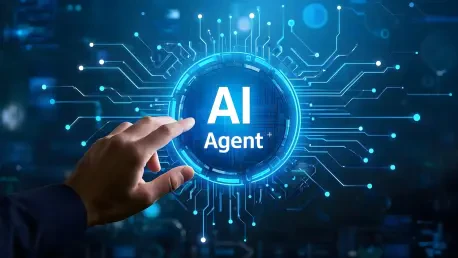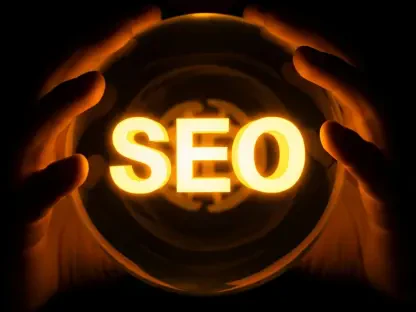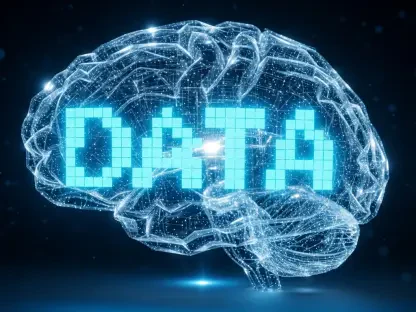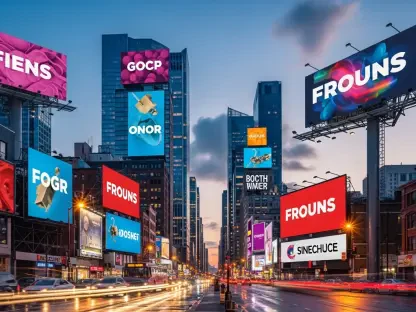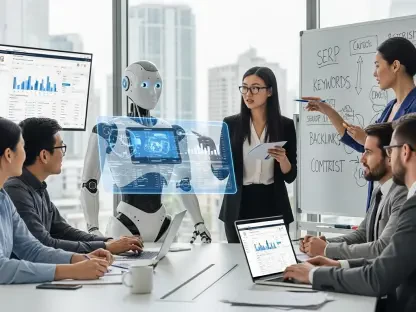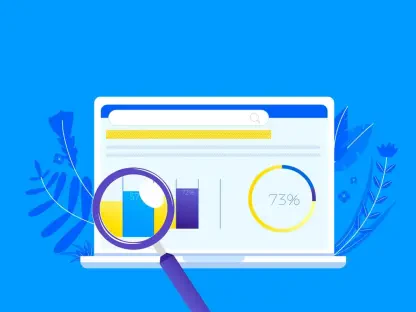Listen to the Article
Buyers are using LLMs not just to gather simple trivia or everyday tips, but to discover products and influence purchasing decisions. This action removes the traditional reliance on search engines like Google and some brand-led marketing efforts from the equation, compressing the marketing funnel.
If this trend continues, limited website visits resulting from decreased organic traffic will reduce opportunities to capture lead data. To ensure brands don’t lose the chance to access and influence consumers, the assistance of AI agents might become essential.
Read on to learn how organizations can increase consumer interaction while effectively adapting to the evolving landscape of faster “zero-click” buyer journeys.
The Shift Towards Zero-Click Searching
More and more consumers are skipping the labor-intensive search for products and heading straight to generative AI tools for recommendations, comparisons, and summarized information. This is largely due to the accessibility of modern AI tools that instantly inform users of any queries without the need for consumers to open and read through multiple sites.
The addition of Google’s AI overviews has shown a 15-64% decline in organic traffic for websites, with 60% of searches resulting in no further clicks recorded due to the use of generative AI applications such as ChatGPT, Gemini, Perplexity, and Copilot. This shift disrupts the traditional customer funnel, leaving businesses wondering how they can bring traffic back.
Traditionally, if a customer wants to find information on a product, they would click search and then go directly to the company’s website, which has all the information they need to make an informed decision about acquiring the product. However, this buying journey is often linear and requires proactive action to take place, like researching, clicking, comparing options, and perhaps reading reviews, to be successful.
If consumers have to go through multiple steps to get information, the likelihood of them abandoning their buying journey altogether increases, especially for impulse buying. This frustrating process may discourage them from repeating a traditional search in the future when interested in additional product information, eventually leading to the use of easier and faster methods in generative AI systems.
As efficient as this seems for buyers, it becomes a big problem for brands. Studies have already shown a significant 30% decline in search clicks because users get all the information they need from LLMs and see no need to click through a brand’s website. This directly impacts search traffic, which has historically been a primary channel for product discovery and lead generation.
This also affects search engine optimization since organizations can’t rely on ranking keywords to drive clicks. Now, businesses must evolve their SEO to AI optimization to ensure their posted content is chosen by LLMs and presented as a direct answer when prompted. This provides a slim chance for additional clicks, especially if the LLM links the website as a source.
Marketers Need AI Agents to Solve the Zero-Click Problem
In the world of marketing, staying relevant by keeping the attention of the consumer is key to getting buyers interested and willing to purchase marketed products. This is achieved through creating and distributing content that is repeatable, consistent, and scalable. This is difficult to do when several other companies are also trying to attract customers during the early stages of the purchasing journey.
Constantly trying to find new and exciting ways to market your products becomes increasingly difficult, especially when trends are difficult to predict and buyers are reluctant to visit websites to gather information. This is where marketing AI agents can lighten the load and win back customers.
AI agents can assist with:
Directly engaging buyers by asking questions and providing more than was asked. AI agents offer a conversation-like interaction, where they not only wait for questions but also ask them. This creates a personalized experience that offers both answers and recommended next steps, like comparing prices or checking available stock.
Tracking interaction data. Even without clicks, agents can record what buyers ask, what they look at, and what they consider buying. This valuable information can be added directly to the company’s sales and marketing systems.
Including brands in messaging when buyers interact. While LLMs don’t support sponsored adverts when presenting information, AI agents can be the face and voice of the brand. Companies have full control over the agent, including what it promotes and what actions it recommends throughout its interactions.
Additionally, AI agents can be embedded in familiar chatbot interfaces, engaging customers in the environment where they’re already active. Through bots, this technology can communicate directly with buyers, gathering information to personalize content for specific marketing applications, including social media and email, strengthening the brand-buyer relationship.
Role of AI Marketing Agents
AI agents are software that utilizes artificial intelligence to perform tasks as directed by users. They are capable of processing multimodal information—including text, audio, video, and code—allowing them to simulate understanding and make informed decisions.
These systems don’t just do as they are told; they obtain a level of autonomy that allows them to make decisions, learn, and adapt, essentially thinking for themselves to autonomously and proactively perform tasks.
If one agent is not enough, an organization can use multiple agents to coordinate efforts and perform more complex and difficult tasks. A multi-agentic workflow produces better results as it works similarly to teams with specialized roles in real life. A business would not have one person responsible for cybersecurity, accounting, legal, and marketing; these would be delegated to separate departments that work hand in hand to uplift the company.
Taking this further with the integration of artificial intelligence within marketing, AI agents can take over specialized roles like:
AI content creation agent:
This agent performs tasks like analyzing trends and user experience to generate relevant blog posts, email copy, or video scripts.
AI SEO optimization agent:
Monitor search engine algorithms, identify keyword opportunities, and update website content in real time to improve rankings.
AI paid advertising agent:
Manages ad campaigns across multiple platforms, optimizing bids and creative assets to increase ROI. This agent can even identify new audience segments and test ad variations.
While this system shares similarities with other AI software, like AI assistants and bots, its main attribute that sets it apart is its autonomy. This allows the agents to act proactively by making independent decisions, while other systems are more reactive and require prompts or predefined rules from users to perform tasks and provide information.
Conclusion
LLMs have won over users by providing an influence-free experience, which provides instant information, easier searching, and simplified responses, all packaged in a welcoming chat user interface. This has created a “zero-click” problem that greatly reduces website visits, making it harder for marketers to stand out, track buyers, and influence decisions. To solve the zero-click problem, marketers should look towards implementing AI agents in their operations. AI agents give the power back to brands by providing an opportunity to directly engage with buyers, personalize user experience, and capture valuable data that substitutes lost clicks. Agents allow brands to cultivate a more personable relationship with buyers, positively influencing consumers’ discovery-to-buying journey.
